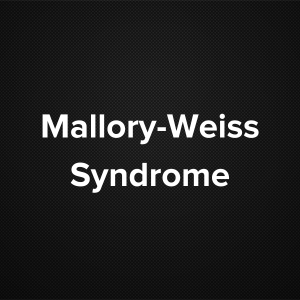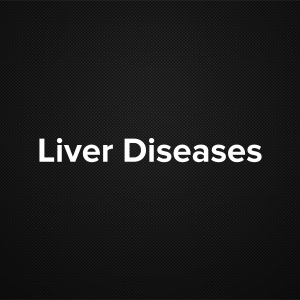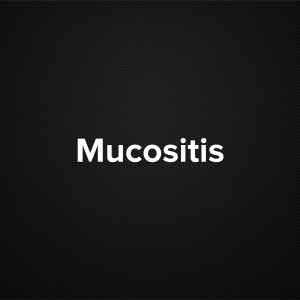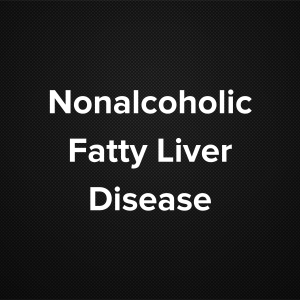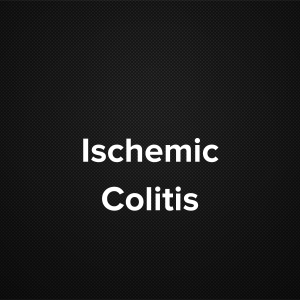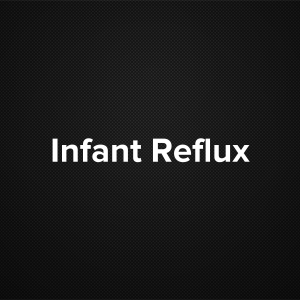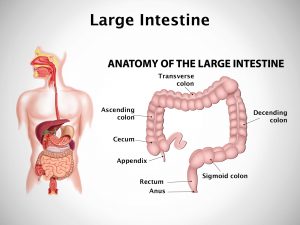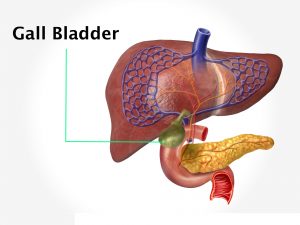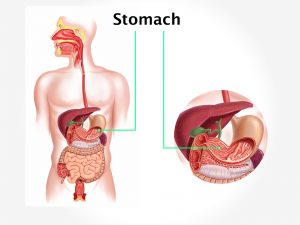Hepatitis A is also known as HAV after the virus that causes it. This may not be considered a serious hepatitis, but it does affect liver function and causes inflammation. The leading cause of Hepatitis A is contaminated water or contact with someone who is already infected even if the person shows no symptoms. If the infection is mild, no treatment is required and people who have hepatitis A, recover fully. Follow hygienic practices like washing hands often to protect against hepatitis A. Vaccines are also available for protection.
Hepatitis B also called HBV is a serious liver infection and can lead to dangerous consequences like liver failure, cancer, or liver cirrhosis. Hepatitis B is transmitted through blood and fluids of a person who has been infected. Unprotected sex with an infected person, blood transfusions, reuse of contaminated needles and syringes, and transmission from mother to child are the main causes. This is exactly how AIDS also spreads, but hepatitis B is 100 times more infectious. If you travel to places that have a high incidence of hepatitis B, you could catch the infection. Intravenous drug users who share needles are prone to infection. Most adults recover from hepatitis B if they are given early treatment even if they have severe symptoms. However, infants and children can develop a chronic infection which is difficult to cure, especially if contacted at birth or before 5 years of age. Several vaccines have been developed for the prevention of hepatitis B virus infection.
Hepatitis can heal on its own with no significant consequence or it can progress to cancer and cirrhosis of the liver.
Hepatitis C is also known as a silent illness as many people who have the infection develop no symptoms and could be infected for years without anybody noticing. It’s a serious infection as it develops into liver cirrhosis in about one-thirds of the patients and about one-half of them go on to have cancer. Hepatitis C is the most common cause of liver transplant. It is transmitted through blood just, like in hepatitis B. In the coming years, hepatitis C is expected to become a major health problem. If the infection is not serious, then it gets cleared with antiviral treatment. In people who show no symptoms, the infection is cured even without treatment; while in other cases it becomes life-threatening. There is no vaccine as yet for the HCV virus.
Hepatitis D or HepD or HDV infection is caused by hepatitis delta virus which is considered a satellite as it cannot exist without the help from the hepatitis B virus. In this way, this infection is unique. The infection is more common in adults than in children and affects those who take intravenous drugs. It can develop at the same time as hepatitis B. Hepatitis B vaccines provide protection from HDV infection.
Hepatitis E or HEV is transmitted from consuming contaminated water or food. This infection is more common in developing countries. The infection is usually cured within a few weeks, but can occasionally develop into a serious infection leading to liver failure. Vaccines are not always available, though they do exist.
Symptoms
In all forms of hepatitis, symptoms are similar and resemble that of flu and appear a few weeks after catching the infection. Fatigue, fever, abdominal pain, nausea, diarrhea, appetite loss, weight loss, dark urine and jaundice or yellowing of the skin and nails are symptoms of hepatitis infections.
Patients should rest, eat a balanced diet, and avoid alcohol to recover from acute hepatitis. Chronic hepatitis may not get cured.








